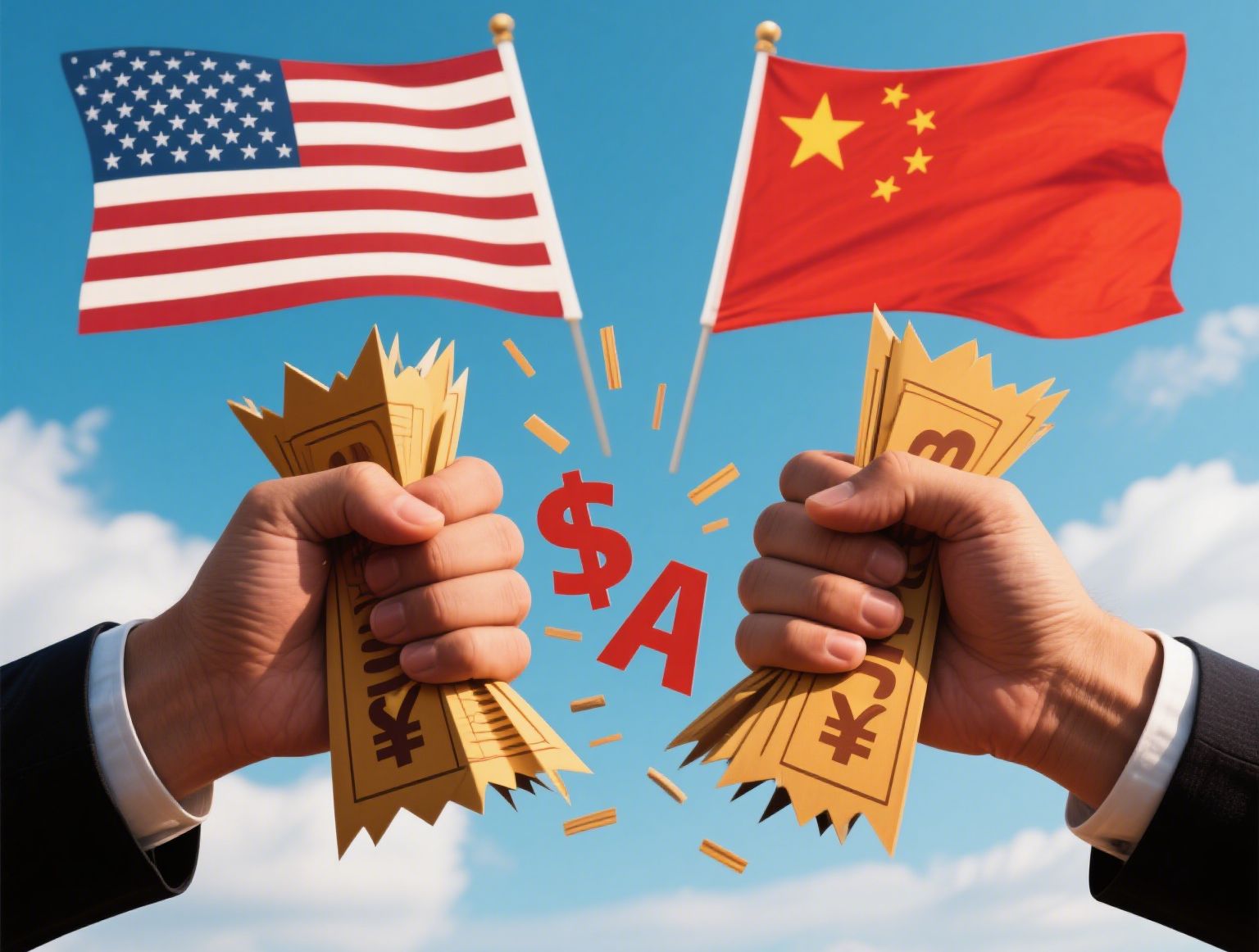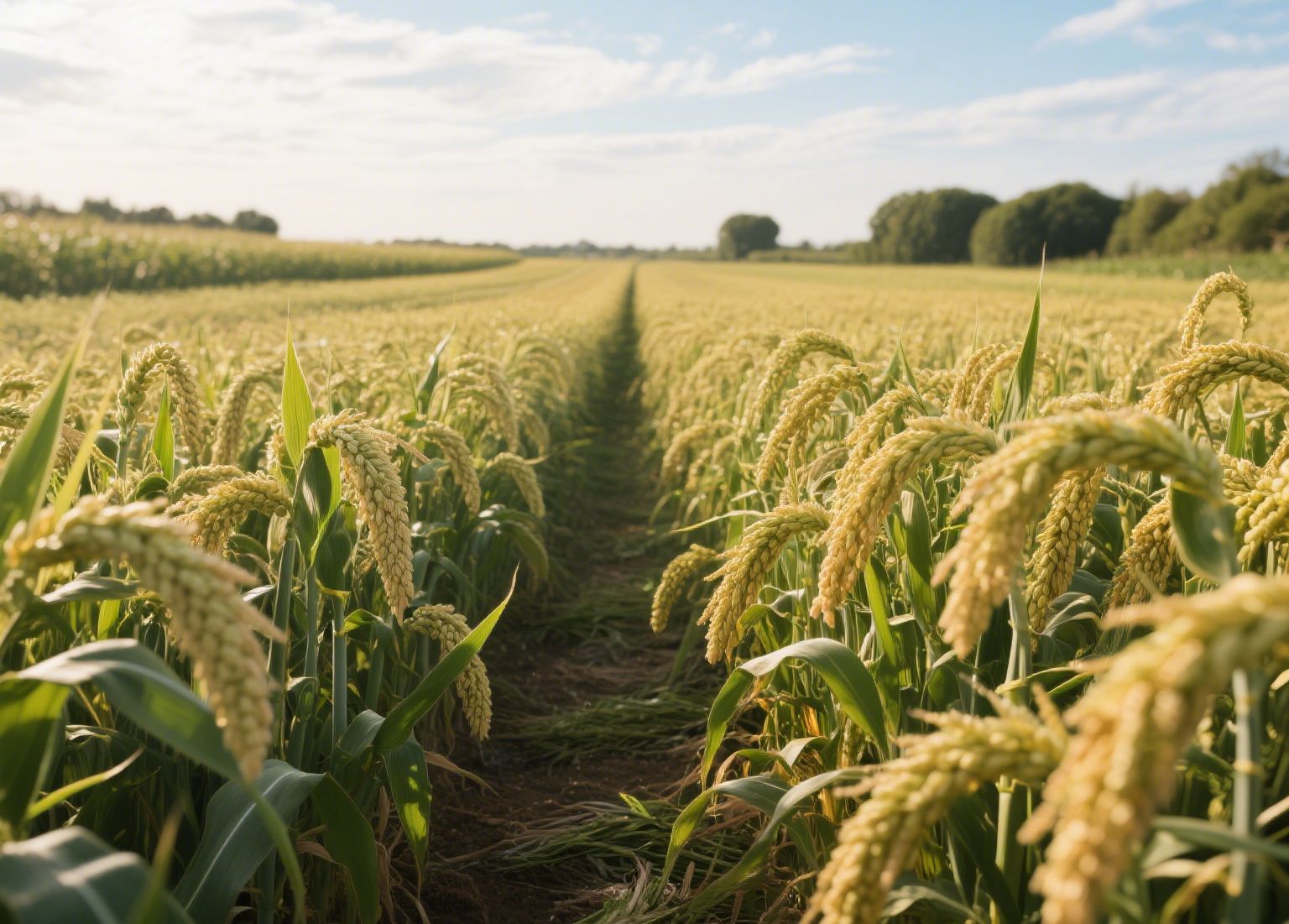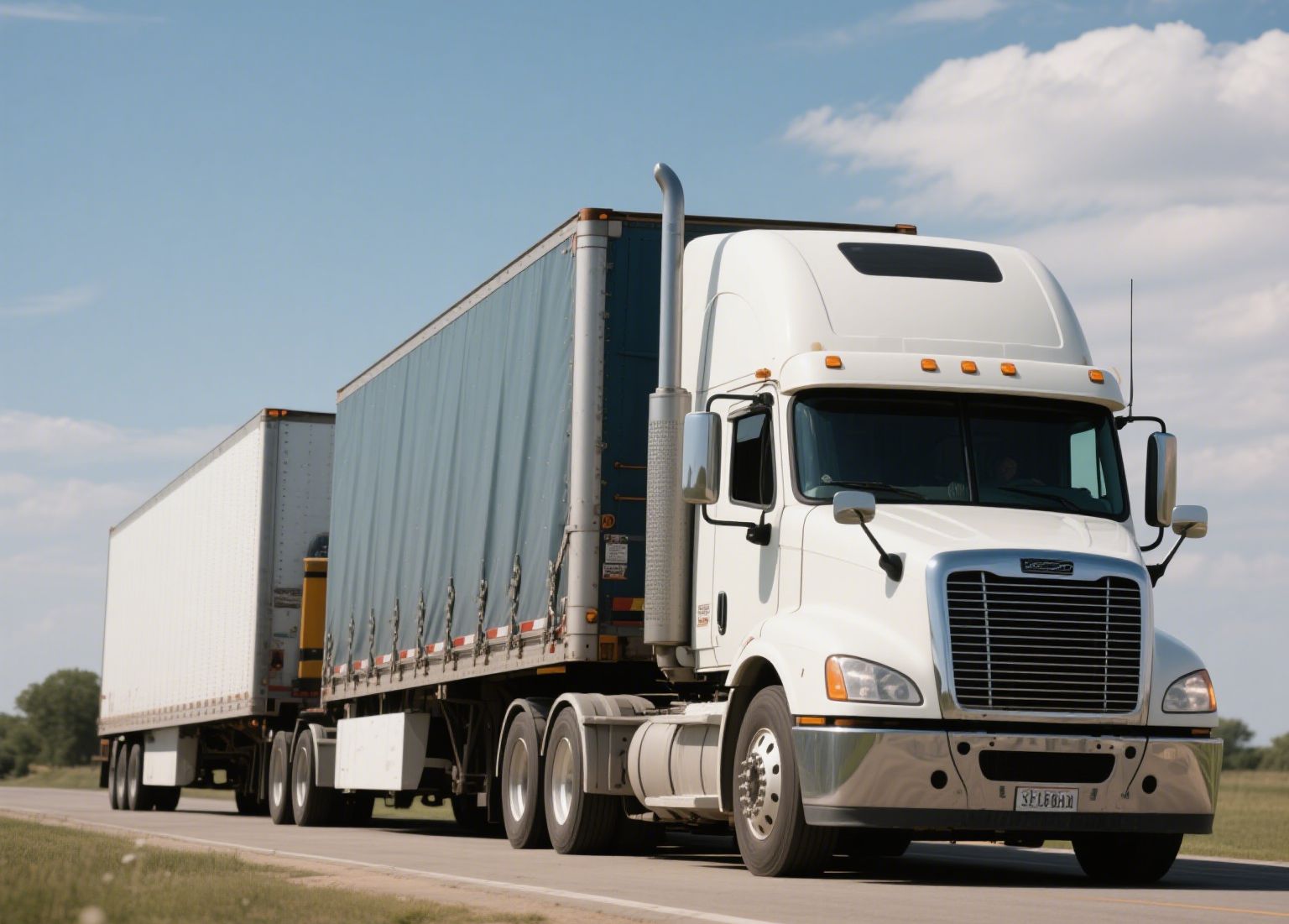1. الطلب المتنوع على النقل مدفوعًا بتحولات التجارة
ساهمت النزاعات الجمركية بين الولايات المتحدة والصين في تسريع تنويع التجارة الزراعية الصينية نحو دول مبادرة الحزام والطريق. على سبيل المثال، انخفضت واردات الصين من فول الصويا من الولايات المتحدة إلى 45% في عام 2023، بينما ارتفعت مشترياتها من البرازيل وروسيا وآسيا الوسطى بنسبة 18%، مما عزز الطلب على الشحن السائب عبر القارات. وقد أدى تجهيز السلع الوسيطة (مثل طحن فول الصويا وتحويله إلى دقيق للتصدير) إلى توسيع سلاسل التوريد، مما يتطلب حلولاً لوجستية متكاملة تجمع بين المعالجة المحلية والنقل عبر الحدود.

2. حوافز السياسات تعزز التعاون الإقليمي
تخفيضات التعريفات الجمركية في إطار اتفاقية الشراكة الاقتصادية الإقليمية الشاملة: انخفضت الرسوم الجمركية على واردات الفواكه الاستوائية من جنوب شرق آسيا (مثل الدوريان والمانغوستين) إلى 0%-5%، مما عزز الطلب على لوجستيات سلسلة التبريد. وشهدت صادرات تايلاند من الدوريان إلى الصين نموًا بنسبة 32% في عام 2024، حيث تجاوزت شحنات الحاويات المبردة 120 ألف حاوية نمطية سنويًا.
مسارات مخصصة لخط السكك الحديدية السريع بين الصين وأوروبا (CRE): تقلل طرق الشحن الخاضعة للتحكم في درجة الحرارة لمنتجات الألبان واللحوم من وقت النقل بنسبة 30% مقارنة بالشحن البحري، مع معدل ضرر أقل من 2%.
3. الابتكارات الخضراء والرقمية تقلل التكاليف
البنية التحتية لسلسلة التبريد للطاقة المتجددة: تساهم المستودعات التي تعمل بالطاقة الشمسية والشاحنات الكهربائية المبردة في خفض انبعاثات الكربون بنسبة تتراوح بين 15% و20%، في حين تعمل على خفض معدلات التلف للفواكه الاستوائية من 25% إلى 8%.
إمكانية تتبع البلوكشين: وتتيح الشراكات مع منصات مثل KuaiShou Logistics إمكانية التتبع الشامل للمنتجات ذات القيمة العالية (على سبيل المثال، حبوب البن الأفريقية، والدوريان من جنوب شرق آسيا) من المزارع إلى تجار التجزئة.
وبناءً على بيانات الجمارك واتجاهات السوق، ستهيمن الفئات التالية على الخدمات اللوجستية عبر الحدود:
| فئة المنتج | مناطق المصدر الرئيسية | المتطلبات اللوجستية | الأسواق المستهدفة |
|---|---|---|---|
| فول الصويا/الذرة | البرازيل، روسيا، آسيا الوسطى | شحن البضائع السائبة مع التحكم في الرطوبة | أعلاف الحيوانات وإنتاج الزيوت الصالحة للأكل |
| الفواكه الاستوائية | جنوب شرق آسيا وأمريكا اللاتينية | سلسلة التبريد عالية السرعة، وارتفاع حصة الشحن الجوي | تجارة التجزئة المتميزة في المدن من الدرجة الأولى |
| اللحوم ومنتجات الألبان | نيوزيلندا، أوروبا | حاويات ذات درجة حرارة ثابتة، تبريد مسبق | خدمات الطعام ومنصات التجارة الإلكترونية |
| المحاصيل المتخصصة | الشرق الأوسط (التمور)، أفريقيا (القهوة) | التعبئة والتغليف حسب الطلب بكميات صغيرة | المتاجر البوتيكية والتجارة الإلكترونية عبر الحدود |
المصدر: تقرير الجمارك الصينية لواردات المنتجات الزراعية لعام 2023، "اتجاهات التجارة الزراعية العالمية" لشركة ماكينزي وشركاه


1. تقلبات التكلفة وانقطاعات سلسلة التوريد
تحدي: أدت أزمة البحر الأحمر إلى زيادة تكاليف الشحن العالمية بنسبة 12% في عام 2024، في حين تسبب إعادة توجيه السفن في حدوث تأخيرات.
حل: اعتماد "النقل البحري-السككي المتعدد الوسائط" للفواكه في جنوب شرق آسيا - الشحن عبر ميناء تشينتشو إلى المراكز الداخلية مثل تشونغتشينغ عبر الممر البري-البحري الغربي الجديد، مما يقلل وقت العبور إلى 20 يومًا والتكاليف بنسبة 18%.

2. الامتثال للسياسات وإدارة المخاطر
تحدي: أدت التعديلات الجمركية التي فرضتها الولايات المتحدة على فول الصويا إلى إثارة مخاطر إعادة هيكلة سلسلة التوريد.
حل: إنشاء مستودعات طوارئ في ميناء خورغوس للتعامل مع الازدحام الجمركي الموسمي في آسيا الوسطى، مما يؤدي إلى تحسين معدل دوران المخزون بنسبة 40%.
3. الاستدامة وتبني التكنولوجيا
تحدي: القيود التي يفرضها الاتحاد الأوروبي والولايات المتحدة على تكنولوجيات سلسلة التبريد تعيق تطور الشركات الصغيرة والمتوسطة.
حل: استخدم عبوات ألياف الخيزران القابلة للتحلل الحيوي لتمديد نضارة المنتجات لمدة تتراوح من 3 إلى 5 أيام مع الالتزام باللوائح البيئية.
1. شبكات متعددة الوسائط مُحسّنة
طرق سلسلة التبريد CRE: تصميم حاويات تصل درجة حرارتها إلى -25 درجة مئوية لمنتجات الألبان الأوروبية، مما يحقق تسليمًا مباشرًا في غضون 15 يومًا من روتردام إلى شيآن <معدل الضرر 2%.
مستودعات جمركية في جنوب شرق آسيا: إنشاء مراكز تخزين في فيتنام وتايلاند لتجاوز الرسوم الجمركية الأمريكية.

2. التكامل الرقمي والتقنيات الذكية
تحسين المسار باستخدام الذكاء الاصطناعي: تحليل بيانات الطقس وازدحام الموانئ في الوقت الفعلي لتجنب المناطق عالية الخطورة (على سبيل المثال، اضطرابات البحر الأحمر).
المراقبة المدعومة بتقنية إنترنت الأشياء: نشر أجهزة استشعار لتتبع درجة حرارة الحاوية/الرطوبة، وضمان جودة المنتج للمواد القابلة للتلف.
3. توفير التكاليف من خلال السياسات
الاستفادة من قواعد المنشأ الخاصة باتفاقية الشراكة الاقتصادية الإقليمية الشاملة: تقدم بطلب للحصول على إعفاءات جمركية على واردات الدوريان من رابطة دول جنوب شرق آسيا، مما يوفر لك أكثر من 1700 دولار لكل حاوية.
نماذج التجارة الإلكترونية عبر الحدود: الشراكة مع شركة Temu لتوفير "التوريد المباشر + التخزين المسبق في الخارج" لحبوب القهوة الأفريقية، مما يقلل وقت التسليم إلى 7 أيام.
4. الخدمات اللوجستية الخضراء والعلامات التجارية
النقل باستخدام الهيدروجين: خفض الانبعاثات بنسبة 20% باستخدام الشاحنات التي تعمل بالهيدروجين في الموانئ الرئيسية.
تطوير المركز الإقليمي: إنشاء مركز زراعي في جنوب شرق آسيا في كونمينغ، ودمج التفتيش وإعادة التعبئة والتخليص الجمركي لخفض التكاليف بنسبة 30٪.
نمو المنتجات عالية القيمة: وسوف تعمل المكونات المعالجة مسبقًا (على سبيل المثال، شرائح سمك الباسا الفيتنامي) والمستخلصات الوظيفية (على سبيل المثال، شراب التمر من الشرق الأوسط) على تعزيز الطلب في المستقبل.
أولويات السياسة: التركيز على الدول الأعضاء في الشراكة الاقتصادية الإقليمية الشاملة والمناطق المرتبطة بالاقتصادات التجارية للاستفادة من الحوافز الضريبية وتحديث البنية التحتية.
اتخذ إجراء الآن: يزور عزيزي نقل الحاويات بالسكك الحديدية لتصميم خطة لوجستية زراعية مخصصة وضمان ميزتك التنافسية في التجارة العالمية!